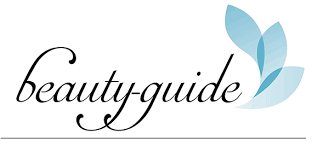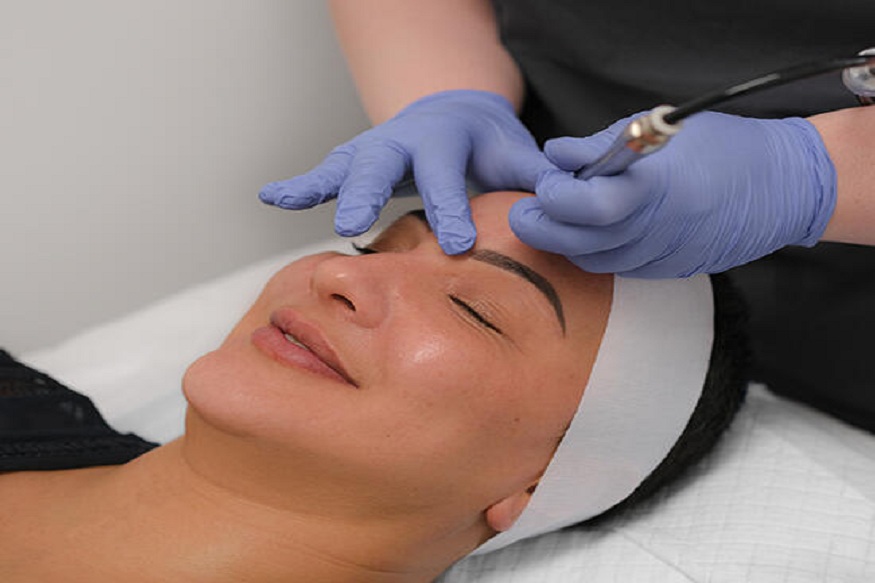Understanding your skin is a journey, not a one-time event. While quick tests like the blotting method or the bare-faced technique can offer helpful snapshots of your skin type, they often miss the nuances that come with time. The truth is, skin doesn’t stay the same every day, and assuming it does can lead to mismatched products, irritation, and frustrating results. For anyone serious about building a skincare routine that actually works, starting a personal skin journal is one of the most effective, low-cost ways to get deeper insight.
At first, the idea of tracking your skin might seem excessive. It’s easy to assume that you know your skin well enough—maybe it feels dry most of the time, or you’ve had oily spots since your teenage years. But skin is complex. Hormones fluctuate. Seasons change. Products interact. Lifestyle habits evolve. All of these things influence how your skin behaves over time. By writing things down, you’re no longer relying on memory or general impressions. You’re creating a record, and from that record, patterns start to emerge.
To begin, you don’t need anything fancy—just a notebook, a spreadsheet, or a notes app on your phone. Each day or a few times per week, take two to five minutes to record what you notice. Start with the basics: How does your skin feel when you wake up? Is there any oiliness, tightness, redness, or flaking? Are you experiencing breakouts or unusual texture? Does your skin react to temperature, stress, or food in a particular way that day? You can go as detailed or as broad as you like, but the key is consistency. You’re not just collecting data for its own sake—you’re looking for trends.
It’s helpful to include environmental context in your entries. What’s the weather like? Are you exposed to central heating, air conditioning, or increased sun? Did you wear makeup that day? Were you outdoors for long periods? Did you sleep well? All of these variables affect the skin, and recording them adds clarity when reviewing your skin’s changes. For example, you might start to notice that your skin feels drier on Monday mornings after a weekend of late nights and heavier meals. Or you might realise that increased oiliness always follows a few hot, humid days. These patterns are incredibly useful when adjusting your skincare routine. Without a record, such insights often go unnoticed.
One of the most valuable benefits of a skin journal is identifying how your skin responds to specific products. It’s easy to get caught up in the marketing promises of a new serum or cleanser, only to find that your skin looks worse after using it—but by then, it’s hard to remember exactly when things started to go wrong. When you document what you’re using and how your skin reacts, it becomes easier to pinpoint what’s helping and what’s causing trouble. You can record when you introduced a new product, how your skin looked after the first day, the third day, and the first full week. If redness, breakouts, or dryness begins, you can trace it back to the right source rather than removing several products at once and guessing which one was to blame.
Skin journals are also valuable during transitional periods, such as season changes. Many people report dry, flaky skin in winter due to indoor heating and reduced humidity, while others struggle with oiliness and breakouts during humid summers. Logging entries consistently through these seasonal shifts reveals how your skin adapts—and what adjustments you need to make. For instance, you might discover that you can stop using a heavy moisturiser by mid-May, or that your exfoliation schedule should slow down in colder months to avoid irritation.
Even emotional and hormonal shifts can leave marks on your skin that a journal can help clarify. Perhaps your skin becomes more sensitive or reactive during periods of stress or when your diet changes dramatically. By keeping track of internal and external triggers alike, you’ll gradually develop a clearer understanding of how your skin mirrors your lifestyle. This helps reduce the guesswork when flare-ups happen, as you’ll be able to refer back to what was happening around the same time during previous months.
It also creates a healthy distance between you and your skin concerns. Instead of reacting emotionally to every new blemish or patch of dryness, a journal helps you observe your skin objectively. The act of writing things down turns frustration into curiosity and transforms skincare into a form of self-awareness rather than self-criticism. Over time, you may even feel more empowered by your own experience than by outside advice or generic product recommendations.
Some people like to add photos to their skin journals, and this can be especially helpful when tracking changes in texture, tone, or problem areas. Weekly or biweekly photos taken in consistent lighting can provide a visual record to support your notes. This is especially helpful if you’re trying to treat something like hyperpigmentation, scarring, or acne, where progress is often slow and difficult to track without visual cues.
For those new to skincare or experimenting with different routines, a skin journal offers structure. It acts as a reminder to introduce products slowly, monitor reactions, and avoid making too many changes at once. Beginners often fall into the trap of building an elaborate routine from the outset, then feeling discouraged when results don’t come quickly. With a journal in hand, you can take a slower, more methodical approach—and be confident that the progress you’re seeing is real, not just wishful thinking.
Once you’ve kept your journal for a few weeks, you’ll begin to see patterns. You may realise that your skin tends toward combination, fluctuating between oily and dry depending on hydration, sleep, or temperature. You may also start to build a routine that reflects those patterns—using richer moisturisers when your skin is dry, gel-based products when oil levels rise, and adjusting active ingredients based on sensitivity. It’s this insight that helps you move from a general routine to a personalised one.
SkinGym recommends approaching skincare from this kind of mindful, data-driven perspective. Rather than labelling skin as just oily or dry based on a one-off test, they encourage people to observe their skin over time and adapt accordingly. Skin evolves, and your routine should evolve with it.
Ultimately, creating a skin journal is an act of care. It tells your skin that you’re paying attention—not just to what shows on the surface, but to everything beneath it. Over time, you’ll discover that the more you understand your skin’s habits, the less you’ll need to rely on trends or second-hand advice. Instead, you’ll become the expert of your own complexion—day by day, entry by entry.



